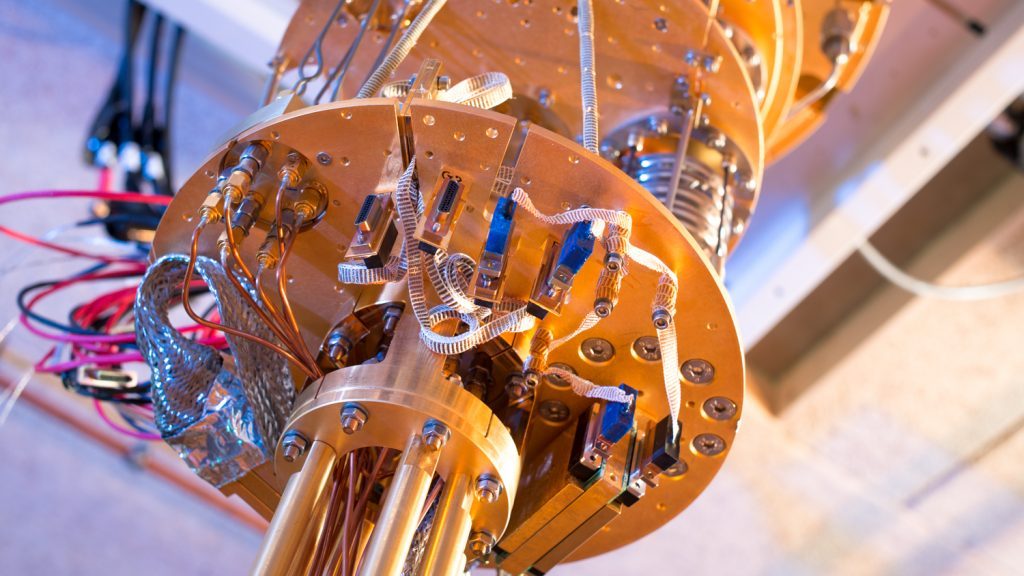We all know how the story goes for quantum computing: A qubit (short for a quantum bit), unlike classical bits, can be at the state of 0 and 1 simultaneously. The superposition of states offers quantum computers the superior computational power over traditional supercomputers. Its unprecedented efficiency for tasks like factoring, database-searching, simulation, or code-breaking would revolutionise the world. Despite all the promising news from Google, IBM and Intel, there is no lack of scepticism on whether the technology will ever materialise.
Microsoft never made the headlines. Microsoft has not even debuted a qubit. Is Microsoft so far behind other tech giants? It just opted for a more tortuous route. Instead of using properties of individual particles, they encode the quantum information in the topology of pairs of quasiparticles called anyons. Majorana fermion, an elusive particle theorised over 80 years ago that acts as its own antiparticle, is chosen as the anyon candidate for quantum computers.
The sceptics have their point – qubits are extremely unstable. The slightest interaction with their surroundings can abruptly end a quantum computation. Coupled with their susceptibility to noise, quantum computers operate with an extremely low precision of three nines (99.9%). “To do real problems, we need precision at the level of ten nines, so you need to create a massive array of qubits that allows you to correct for the errors.” Dr Alex Bocharov from Microsoft Research explained. This is where topological quantum computing steps in.
Think of the physical dimensions of the particle as the thickness of a thread, and its trajectory through time as the length. This particle thread represents the particle movement through space and time – what physicists call the worldline. What swapping the positions of anyons does is, in fact, braiding the worldlines of anyons. A topological quantum computer works in three steps: initialisation, computation and measurement. Initialisation is to create anyons from a vacuum in a superconductor. Computation, or the sequence of logical gates, is encapsulated by the topology of a particular braid formed. Measurement is done through reading out the fusion outcomes which correspond to computational basis states. Given the endurance of topology, a topological quantum computer in itself is well-protected against environmental perturbations.
The lasting hardware-level stability of topological qubits allows the processing of complex computations. Coherence time is as long as weeks, as opposed to microseconds in the fragile conventional qubits. “Topological quantum computing has the promise of reaching up to six or seven nines,” Alex said. Elaborate quantum correction schemes are now redundant. A high degree of accuracy can be achieved simply through a reasonable increase in braids. A topological system with 1000 qubits can work as well as a traditional system with a million qubits, making computers scalable.
If topological quantum computing is better in so many aspects, why only Microsoft is taking this route? Betting on the braids was risky – for the past decades, physicists are uncertain if anyons even exist. It is until April 2018, the Microsoft researchers finally successfully detected the full effect of Majorana particles. Now the challenging hunt for Majorana fermions finally ends. The next hurdle is to work towards quantum information processing. Other than building and braiding Majorana fermions, future development also depends on engineering superconductors at higher temperatures. Topological qubits are nonetheless are still fragile and need to operate at 30 miliKelvin, colder than deep space.
Microsoft is emboldened by their breakthroughs which the community previously deemed their quest hopeless. While its rivals expect to build a functional machine in ten years, the ambitious dark horse target to incorporate scalable quantum computers into their cloud computing service in five years. Whoever wins the race to build the first functional quantum computer. Whichever mode of quantum computing triumphs in the end. Quantum supremacy represents more than a technological revolution – it is mankind’s marvel of actualising impossibilities.





